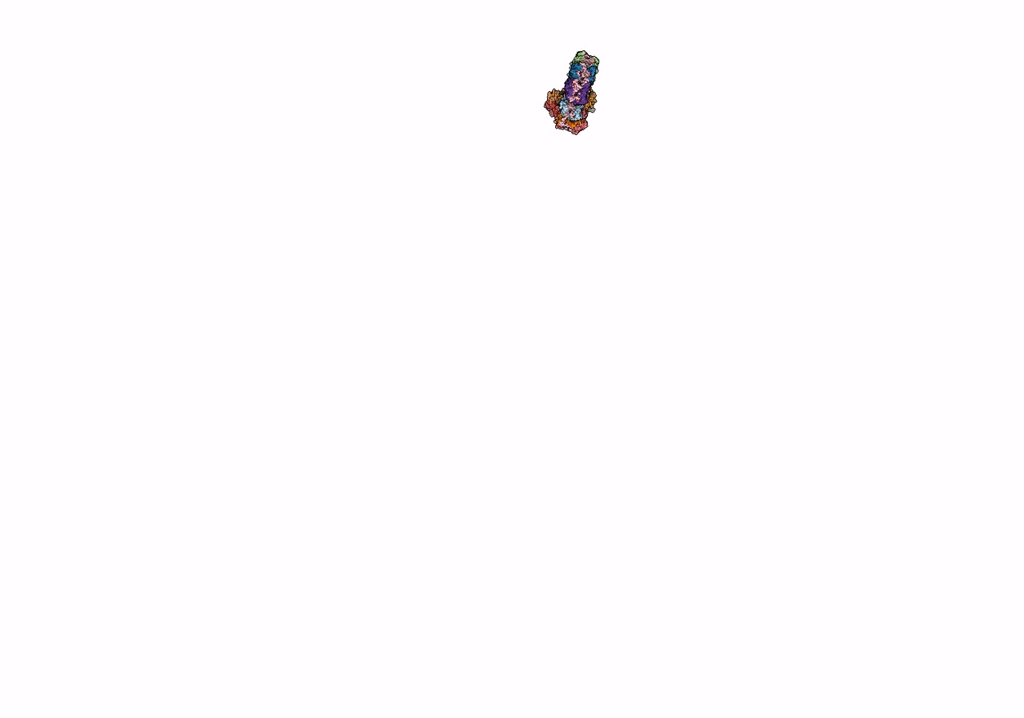
Deposition Date
2022-02-07
Release Date
2023-02-22
Last Version Date
2024-11-13
Entry Detail
PDB ID:
7R3K
Keywords:
Title:
Chlamydomonas reinhardtii TSP9 mutant small Photosystem I complex
Biological Source:
Source Organism:
Chlamydomonas reinhardtii (Taxon ID: 3055)
Method Details:
Experimental Method:
Resolution:
2.52 Å
Aggregation State:
PARTICLE
Reconstruction Method:
SINGLE PARTICLE


